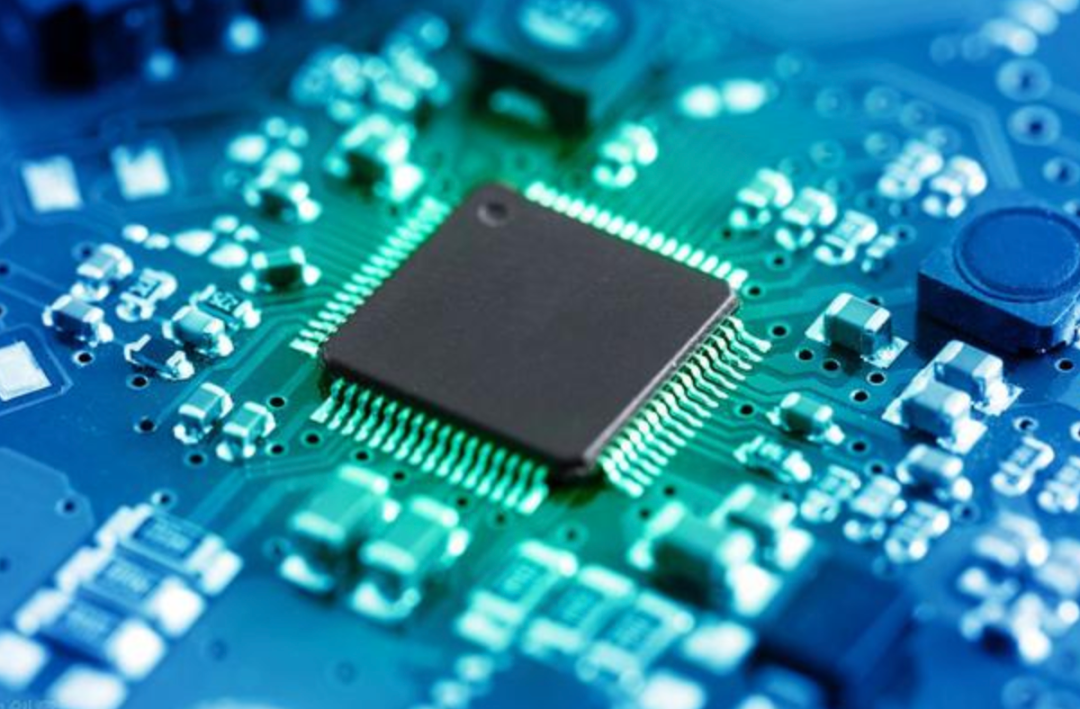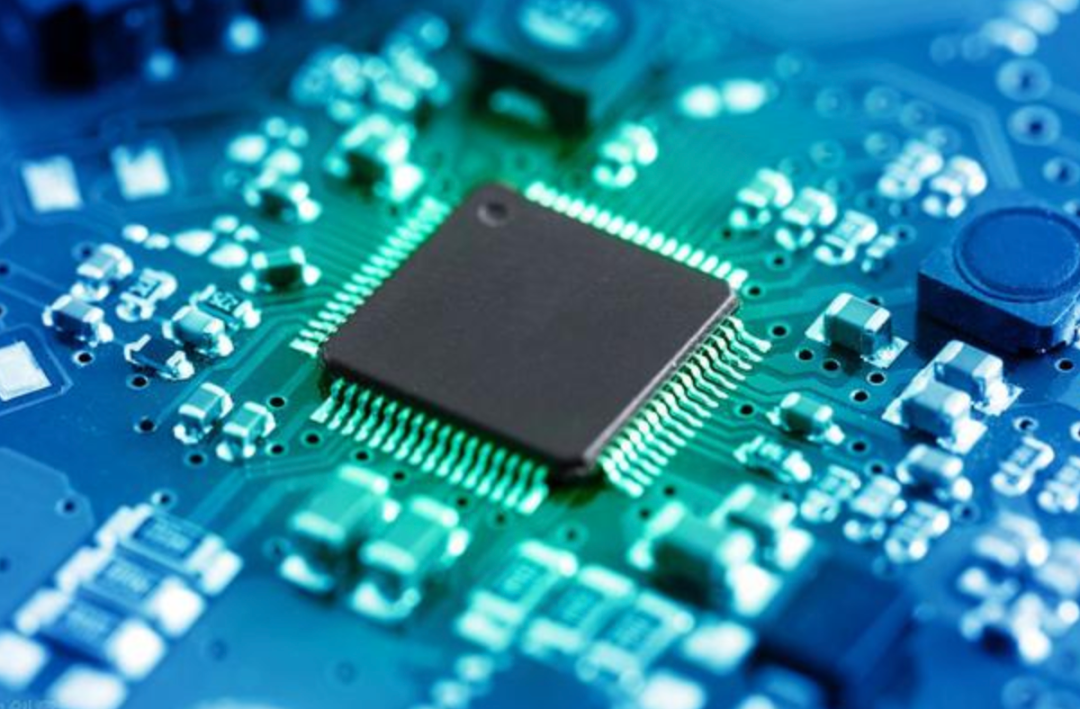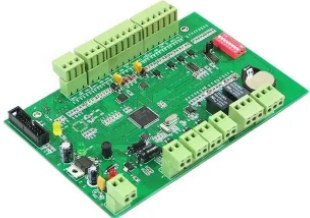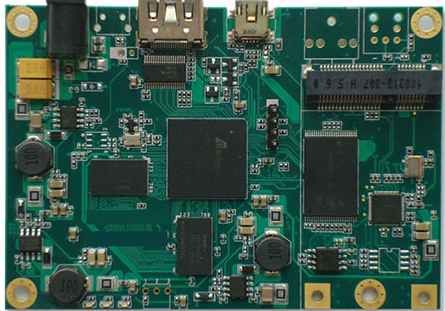
Main topology and application of energy storage module converter
There are many topologies for energy storage converters, including low-voltage two-level and three-level topologies, as well as advanced H-bridge cascaded and MMC topologies. The power conversion system in the energy storage system mainly selects different topologies according to the system capacity. Two-level and three-level topologies can be selected for systems with small capacity. The large-capacity energy storage system can choose cascaded multilevel topology, such as cascaded H-bridge topology (Cascaded Multilevel Converter, CMC), modular multilevel topology (Modular Multilevel Converter MMC)
1) Low-voltage two-level single-stage PWM energy storage inverter
Full-bridge two-level energy storage PCS topology
Composed of traditional two-level inverters and high-voltage energy storage batteries, this topology technology is relatively mature and has high conversion efficiency, but requires a high DC bus voltage. Too many battery packs connected in series will increase the difficulty of energy storage battery management , so it is difficult to apply to energy storage systems with higher voltage levels.
Bipolar Structure Energy Storage Converter
A bipolar structure energy storage converter, which adds a bidirectional DC/DC link. DC/DC converters can have various forms, such as forward converter and flyback converter. The addition of a DC-DC converter can increase the voltage level of the topology and make the capacity configuration of the energy storage battery more flexible. However, due to the limitation of the capacity and efficiency of the DC/DC link, it is difficult to apply to the energy storage system with large capacity and high voltage level. .
Three-level topology energy storage converter
: A typical three-level neutral-point clamp topology, which can output a higher level than the two-level topology, effectively improves the quality of the grid-connected current of the converter, and reduces the impact of the common-mode voltage of the system on the battery energy storage system.
Cascaded star energy storage converter
Cascaded H-bridge energy storage topology, which can increase the system voltage level by connecting H-bridge modules in series, effectively avoiding the series connection of large-scale energy storage batteries. Since each module in the system can work independently without affecting each other, it greatly facilitates the power control of the DC energy storage unit and the fault-tolerant control of the system.
MMC modular multi-level topology The modular multi-level energy storage topology is the same as the H-bridge topology, and its energy storage units are distributed in the unit modules. The difference is that the modular multi-level topology has a common DC bus. The existence of the common DC bus can significantly reduce the ripple current in the energy storage unit and the filter inductance of the system, but it also makes the power devices in the system bear higher shutdown voltage, and also causes the problem of circulating current in each phase. The energy storage unit can also be connected to each sub-module of the MMC through a bidirectional DC/DC converter to realize decentralized storage of energy and effectively provide the fault ride-through capability of the system. Modular multilevel topology is often used in flexible direct current transmission and electric locomotive traction.
Midpoint potential self-balancing cascaded H-bridge topology
On the basis of the research on the cascaded H-bridge conversion, the neutral point of the converter is opened and the half-bridge inverter topology is combined to form an inverter with self-balancing function, as shown in Figure 6, the topology It can double the output level of the converter, thereby improving the quality of the output voltage. Based on the research on the converter, it proposes that the suspension voltage of the half-bridge topology can be balanced and stabilized at Udc/ 2, and then the topology will be further studied in the control mode and engineering application. After comparing and analyzing the reliability, output efficiency and economy of the energy storage system between the H-bridge topology and the modular multi-level topology, the cascaded H-bridge has obvious advantages in economy and reliability.
Matrix topology energy storage system
The matrix converter has the advantages of four-quadrant operation and wide-range adjustable DC voltage. It is an ideal power converter. At present, the research on topology is still in its infancy, and its research mainly focuses on its modulation strategy and output performance. superior.
High-voltage cascaded energy storage commercial product topology:
The topology of the high-voltage cascaded energy storage system consists of grid-connected reactors, cascaded power units, battery modules, and corresponding control and protection equipment.

High Voltage Cascade Topology
Energy storage on the power generation side: load regulation, smoothing intermittent energy sources, improving new energy consumption, increasing grid reserve capacity, participating in peak regulation and frequency regulation.
Power transmission and distribution energy storage: improve power quality, reduce line loss, increase the reserve capacity of the power grid, improve the utilization efficiency of power transmission and distribution equipment, and delay the need for capacity increase.
User-side energy storage: smooth load curve, load transfer, peak shaving and valley filling.
Emergency power supply system: It is in a standby state when the power grid is normal, and it can be started when the power grid fails to ensure continuous power supply to the load.
Fire power supply, emergency lighting, energy feedback, etc.
The AC output terminal of the frequency modulation device of the energy storage power station is connected to the on-site grid (the output terminal of the generator of the microgrid), and the load power of the grid is detected in real time. When there is a sudden load increase, the energy is released from the supercapacitor to provide power support for the load. When there is a sudden load decrease, the supercapacitor is charged to suppress the voltage overshoot. It improves the safety and reliability of the temporary power station system of the local power grid, and has the characteristics of fast response, energy saving and environmental protection. The control block diagram of the device is shown in the figure.







